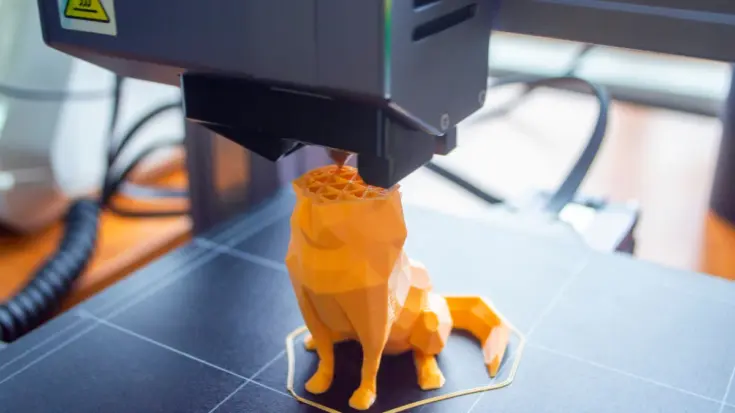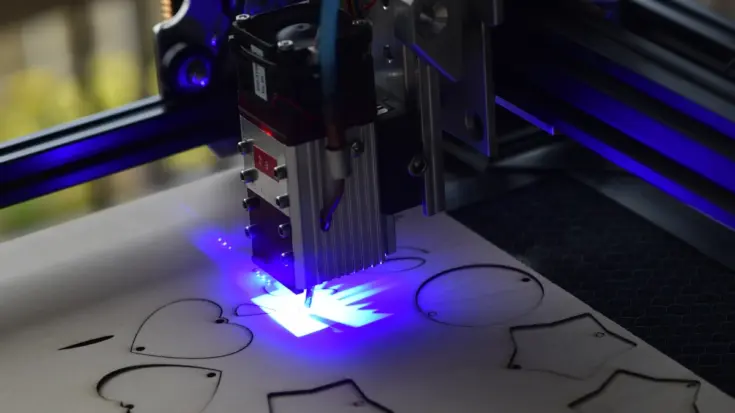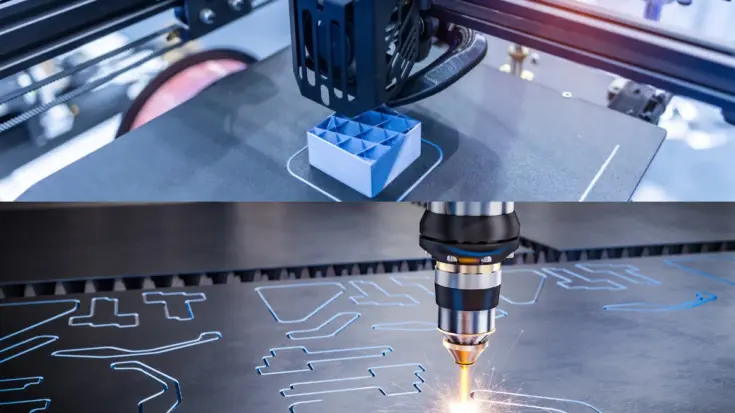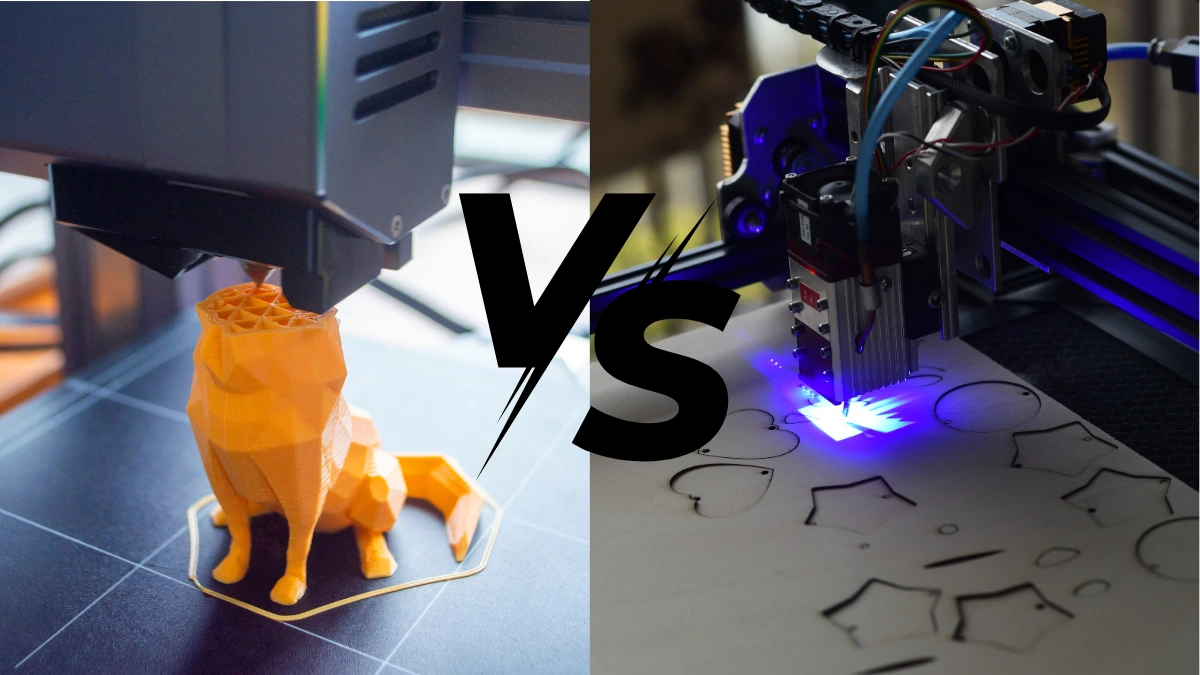3D printers and laser engravers are the keys to converting soft copies into physical products. Although both maximize the conversion of digital data to physical, the 3D printer and laser engraver have some significant differences.
The differences between a 3D printer and laser engraver cover several aspects, such as how they work, uses, materials, applications, advantages, and disadvantages.
This article will delve into the important differences between a 3D printer and laser engraver to convert soft copies into physical products.
Also Read
Table of Contents
What is a 3D Printer?

A 3D printer is a type of device that prints three-dimensional objects from digital data using additive manufacturing, or by building them layer by layer.
This device is suitable for prototype design, manufacturing, and creative projects, although you need to be prepared to pay a hefty price to purchase one.
What is a Laser Engraver?

A Laser Engraver is a type of tool intended to make engravings on something using a laser beam. The laser beam will burn and vaporize the surface of the material to form the desired pattern or design with precision.
The Differences of 3D Printer and Laser Engraver

3D printers and laser engravers are two different technologies on how they work and the results that they produce. Which is better between 3D printer and laser engraver? Here, knowing the difference:
1. How they work
3D printer: Forms objects by adding material layer by layer based on a digital design.
Laser engraver: Forms objects from basic blocks or sheets and removes them with a laser beam.
2. Uses
3D printer: Suitable for shaping complex and intricate objects, including hollow or internal parts.
Laser engraver: more suitable for creating 2D objects with high precision.
3. Materials
3D printer: Uses plastic, metal, resin, ceramic, and other materials.
Laser engraver: Uses acrylic, wood, metal, and glass materials in sheet or block form.
4. Applications
3D printers: Used in various fields such as prototyping, custom part manufacturing, art, design, medical care, and education.
Laser engraver: Used for engraving, design cutting, acrylic cutting, and sign making.
5. Advantages
3D printers: Ability to create complex shapes, customization, and use of various materials.
Laser engraver: High cutting and engraving speed, precision, and lower running costs.
6. Disadvantages
3D printers: Longer printing time, especially for complex objects, and higher material costs.
Laser engraver: Limited to creating complex 3D shapes, more suitable for 2D, and less suitable for certain materials.
That’s the difference between a 3D printer and laser engraver that can be your consideration in choosing according to your personal needs.
If you need three-dimensional objects with complex shapes and customization, a 3D printer is a good choice. However, if you need precise cutting and engraving, you can choose a laser engraver.












